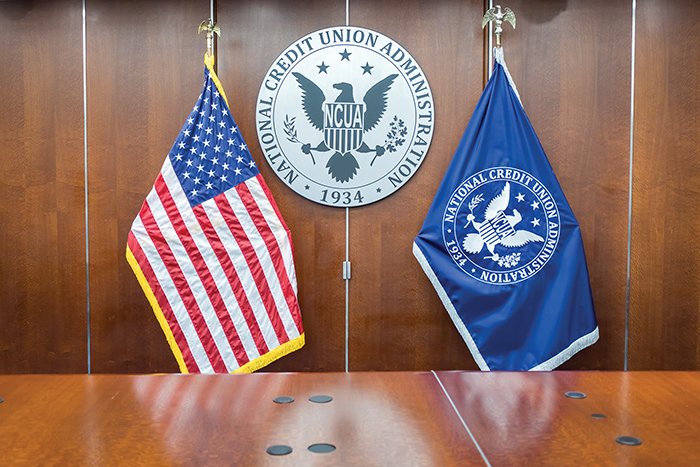By 8 p.m. Oct. 29, the center of Sandy had blasted into the southern coast of New Jersey. Hurricane-force winds extended up to 175 miles from the center of the storm spreading out 485 miles to far as the Great Lakes region.
When Sandy hit the New York tri-state area, it left millions of homeowners and businesses in the dark for days. Some suffered in darkness for weeks.
The aftermath was "unthinkable devastation," said New Jersey Gov. Chris Christie when describing the massive destruction left behind. The monster storm caused massive flooding throughout New Jersey, New York and Connecticut and left more than eight million homes and businesses from Maine to Michigan without power.
Recommended For You
Authorities said that nearly 100 people died in the tri-state area as a result of the storm's winds and seawater surge, which in some areas was 16 feet high. Most of the victims were elderly who drowned in their houses or apartments.
One catastrophe modeling firms said Sandy caused between $7 billion and $15 billion in insured losses – possibly making the storm the third costliest in U.S. history. Total economic losses were put at above $60 billion.
Of the 2,000 credit unions located in the path of Hurricane Sandy, 838 were unable to operate, in varying degrees, during the difficult days following the super storm, according to the NCUA. And it took nearly a full week before most of those credit unions were be back in business. By Nov. 5, of the credit unions initially affected by the storm, 729 were fully operational.
To understand what the aftermath of a disaster like Hurricane Sandy can do to a credit union, look no further than the $1.8 billion Municipal Credit Union, based in New York City. Dozens of frustrated and furious members sharply criticized the credit union for what they say were serious lapses and missteps in its disaster recovery efforts.
For nearly a week, members received little or no specific information from MCU about why their direct deposits had not been posted to pay bills and to get cash they needed to buy necessities. As this issue festered in the days after the storm passed, members grew frustrated, anxious and angry because of no phone services, inoperable ATMs and problems with online banking. The direct deposit issue affected more than 14,000 members. By Nov. 6, after MCU's main office in lower Manhattan had its power restored, the beleaguered credit union said it completed postings of all direct deposits and ACH payments scheduled for the previous week. MCU said it also had resolved its ATM, online and call center issues.
The post-Sandy lesson was that some credit unions had woefully inadequate disaster recovery and business continuity plans, but other institutions kept operating despite the devastation that hit much of New Jersey and New York City.
"For the credit unions that already were prepared, with solid plans in place, everything was relatively calm," said Scott Collins, president of Grand Rapids, Mich.-based CUSO Xtend Inc., which provided disaster recovery services to five New York City-based credit unions and one in New Jersey. "None of our credit unions lost a minute of uptime on electronic channels," said Collins.
The frightening news for credit unions that stumbled and failed to provide services due to Sandy: They will lose members.
"Prolonged events like this may put some credit unions out of business," said Collins. "You may not know why members are leaving. But some will."
The experts are unanimous in believing that the Sandy aftermath will trigger greater NCUA vigor looking into an institution's disaster planning. The expectation also is that examiners will look for more tangible proof that boards of directors have informed themselves about their institution's disaster readiness.
© Touchpoint Markets, All Rights Reserved. Request academic re-use from www.copyright.com. All other uses, submit a request to [email protected]. For more inforrmation visit Asset & Logo Licensing.







